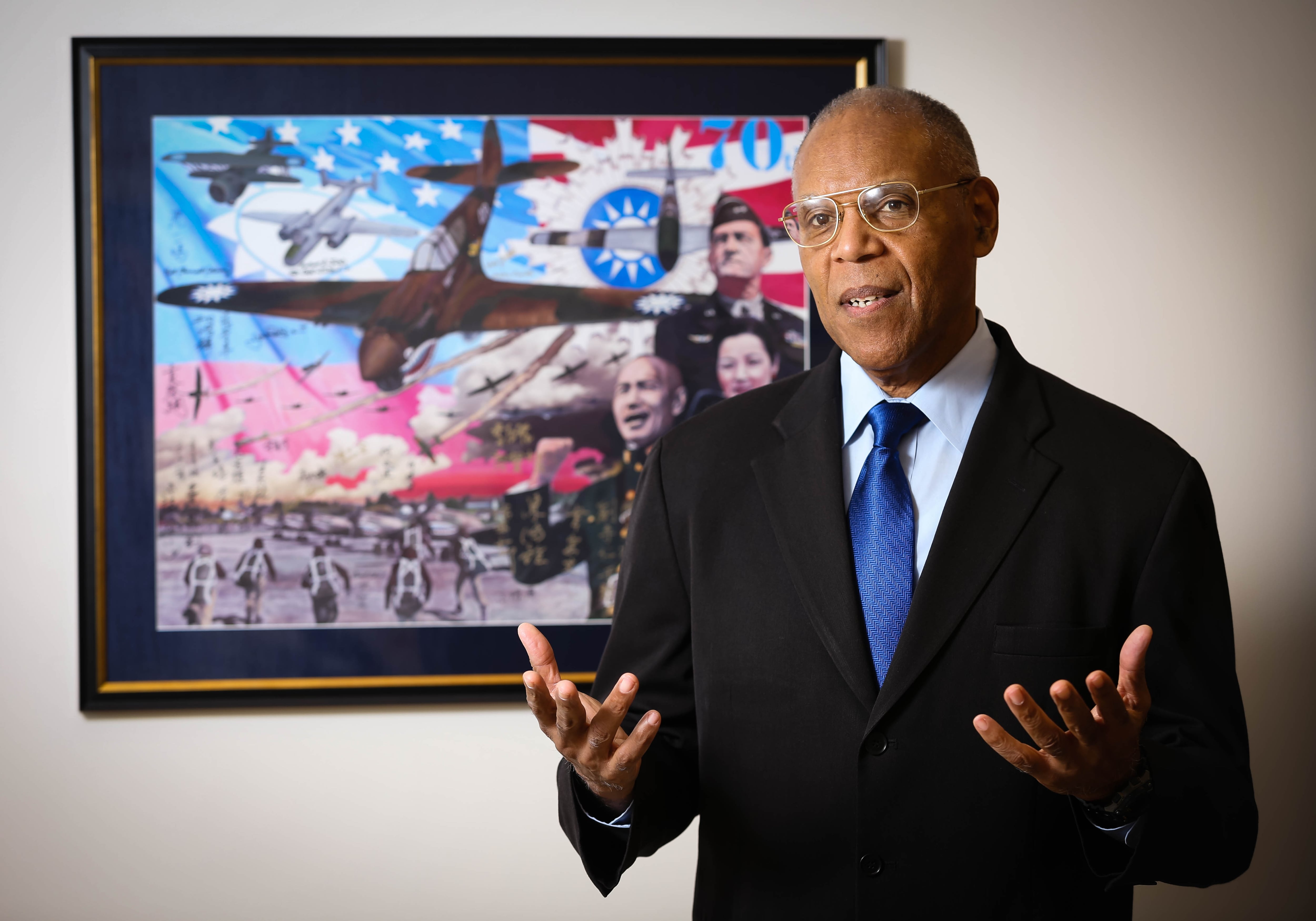The population of pilots in the aviation industry — including the Air Force — remains very white, and very male. And that lack of diversity worries the Air Force.
But now the Air Force, and a bipartisan pair of senators, are hoping to sow the seeds of a future, more diverse generation of pilots by training young people in the Junior Reserve Officer Training Corps how to fly.
About 6 percent of the population of pilots in the aviation industry are women, according to the Air Force, and about 10 percent are minorities. The Air Force’s own cadre of pilots is also about 6 percent female, and 7 percent are minorities.
Air Force Secretary Heather Wilson told the Senate Armed Services Committee Thursday that while it has no problem finding airmen who want to learn how to fly, there is a disproportionately low presence of women and minorities among those volunteering.
To try to turn this around, Sens. Tom Cotton, R-Arkansas, and Doug Jones, D-Alabama, this week introduced the Ceiling and Visibility Unlimited Act, which aims to make it easier for all branches of the military to create scholarships for JROTC members to get their private pilot’s licenses.
This is what the Air Force did in 2018, when it created the JROTC Flight Academy’s Chief of Staff Private Pilot Scholarship Program. That summer, about 120 high school students received scholarships — paid for with excess Air Force funds — to attend roughly seven-week flight schools, Wilson said.
RELATED

About 90 percent of those young people succeeded in obtaining their pilot’s licenses, Wilson told Jones. They made no commitment to join the Air Force, she said, but because they were in JROTC, they’ve at least shown some interest in the military.
And since about 58 percent of JROTC members are minorities, Wilson said, such a flying scholarship program could help reach those populations. Jones’ office also said 40 percent of JROTC members are women.
The Air Force said in a recent release that 10 young women, who earned their pilot wings from the JROTC Flight Academy program last summer, attended the Women in Aviation International Conference in Long Beach, California, in March. Six of those 10 cadets said they want to become military pilots, and four of them received Air Force ROTC scholarships.
Lt. Col. Willie Allen, director of the Air Force Junior ROTC Flight Academy, said 25 percent of those who received flight school scholarships last year were women or minorities.
“Flying is incredible, and it should not be limited to just one gender or one ethnicity,” Maria Hall, a JROTC cadet and senior at Tivy High School, Texas, said in the March 25 release. “We see the challenge that, yes, it’s predominantly been a male-dominated industry, but there’s no reason why women or men can’t do it.”
The Air Force has focused for the last few years on closing a roughly 10 percent shortfall in its pilot ranks. Wilson said the service is on the right track, and expects to meet the goal of training 1,480 pilots in 2020.
But with the entire nation — not just the military, but also the private sector — facing shortages of pilots and aircrew, Wilson said the Air Force needs to think longer-term, to avoid similar problems re-emerging in the future.
“We’re trying to inspire the next generation of aviators,” Wilson said. And because so many JROTC members were successful, “we’re hoping we have sparked a dream.”
Stephen Losey is the air warfare reporter for Defense News. He previously covered leadership and personnel issues at Air Force Times, and the Pentagon, special operations and air warfare at Military.com. He has traveled to the Middle East to cover U.S. Air Force operations.





